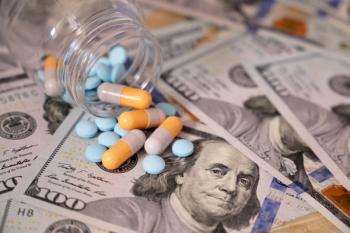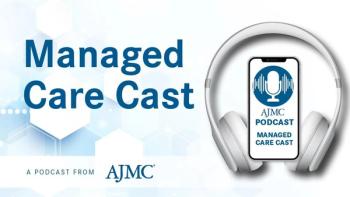
End-Organ Damage Leads to Spike in Economic Costs of Sickle Cell Disease
Sickle cell disease is a costly disease for patients, but when those patients suffer from end-organ damage, the costs jump significantly.
End-organ damage (EOD) among patients with
The study,
The research is based on claims in the MarketScan Medicaid claims database, from which 10,784 patients with SCD were identified. The average age of the patients was 18.5 years, and the pool of patients was 54.5% female.
The study authors used the earliest SCD diagnosis as a patient’s index date, and then tracked those patients in 3-month “intervals.” That resulted in some 152,455 3-month patient intervals, and EOD was reported in 12% of those intervals. Patients with EOD ended up with significantly higher all-cause healthcare costs, due in large part to more days spent in the hospital, more emergency department and outpatient visits, more laboratory tests, and higher outpatient pharmacy claims compared to patients without EOD.
Patients with SCD who suffered a store had health care costs 4.68 times that of patients without EOD during the first year after the stroke, and more than double the costs of patients without EOD even after a year had passed since the stroke. Patients with ESRD had 3.4-fold increases in health care costs versus patients without EOD; those with CKD and PH had double the costs of non-EOD patients.
Those costs translated into costs well over a quarter-million dollars in the year following stroke ($285,816) and $127,393 per year, on average within the first year after stroke and beyond the first year, respectively. Mean annual costs for SCD patients with CKD ($135,493), ESRD ($209,172), and PH ($148,174) were all similarly in the six-digits.
In terms of health care utilization, patients with EOD spent between 56 and 62 days receiving health care services per year, on average, versus 21 to 25 days for patients with SCD who did not experience EOD.
Corresponding author Ze Cong, PhD, of Global Blood Therapeutics, and colleagues wrote that such healthcare costs are only one part of the economic burden of SCD. Lost productivity is another important economic facet of the disease. They noted that an earlier study found nearly half of adults with SCD could not work due to the burden of disease management or the severity of their symptoms.
In this study, Cong and colleagues used health care utilization days as a proxy for missing work, since the Medicaid database did not contain the necessary data to calculate missed work days. As noted above, patients with EOD had more than double the number of healthcare service days than those without EOD, suggesting that they miss substantially more work.
“Future studies should make an effort to collect productivity loss data among patients with SCD to accurately quantify the effect of SCD on society beyond the healthcare system,” they wrote.
The authors concluded that their study makes clear that while SCD itself places a significant economic burden on patients and the wider economy, those burdens increase substantially when patients subsequently suffer EOD.
“SCD management strategies that can potentially reduce the risks of EOD offer clinical and economic value to patients and society,” they said.
Reference
Campbell A, Cong Z, Agodoa I, et al. The economic burden of end-organ damage among Medicaid patients with sickle cell disease in the United States: A population-based longitudinal claims study. J Manag Care Spec Pharm. 2020;26(9):1121-1129. doi:10.18553/jmcp.2020.20009
Newsletter
Stay ahead of policy, cost, and value—subscribe to AJMC for expert insights at the intersection of clinical care and health economics.














































